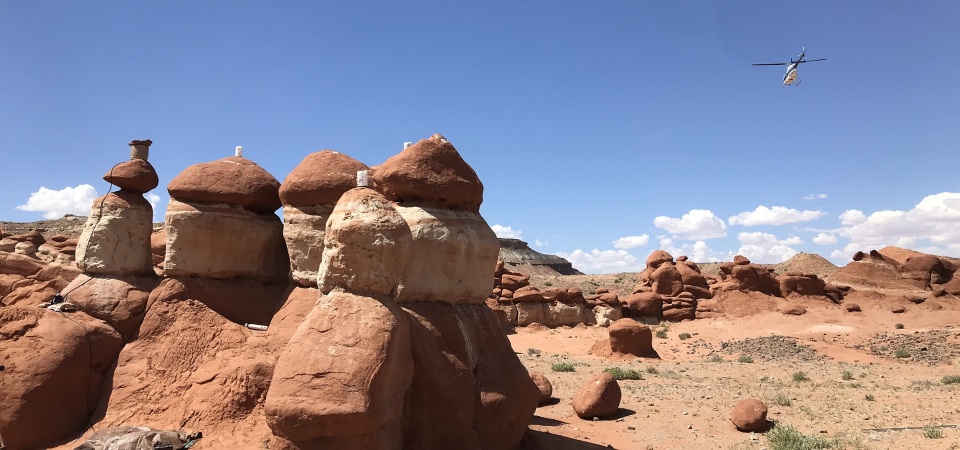Helicopter generated infrasound
Did you know that helicopters produce infrasound? This sound energy is too low frequency for humans to hear but is in most cases the strongest sound that helicopters generate.The main rotor of a helicopter produces sound into principal ways: The first is called “blade slap” which is what we hear. That sound is produced when an advancing blade strikes the air wake produced by the preceding blade, but it is not the strongest sound. The strongest sound is produced as so-called “thickness noise,” which arises due to pressure pulses emitted from the front and trailing edges of a rotor blade, and through constructive interference of these pulses as they reach a target. This sound energy is strongly directional, emitted in the plane of the main rotor.


